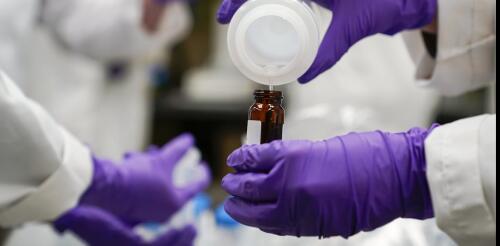Drinking water quality
The more scientists learn about the health risks of PFAS, found in everything from nonstick cookware to carpets to ski wax, the more concerning these “forever chemicals” become. The U.S. Environmental Protection Agency now believes there is no safe level for two common PFAS – PFOA and PFOS – in drinking water, and it acknowledges that very low concentrations of other PFAS present human health risks. The agency issued the first legally enforceable national drinking water standards for five common types of PFAS chemicals, as well as PFAS mixtures, on April 10, 2024. I study PFAS as an environmental health scientist. Here’s a quick look at the risks these chemicals pose and efforts to regulate them. What exactly are PFAS? PFAS stands for per- and polyfluoroalkyl substances. This is a large group of human-made chemicals – currently estimated to be nearly 15,000 individual chemical compounds – that are used widely in consumer products and i...
In the U.S., most consumers take clean and available fresh water for granted, and water usually becomes front-page news only when there’s a crisis. And the past year has seen its share of water-related crises, whether it’s the effects of a prolonged drought in the U.S. Southwest or floods that covered more than one third of Pakistan last year. But seeing water problems as only environmental disasters does not capture the deeply interconnected nature of water in our society. To mark the release of the book “The Conversation on Water,” a collection of previously published articles on water, The Conversation hosted a webinar with experts with a range of expertise and different perspectives on water issues and potential solutions. The edited text and video clips below convey one or two of the key points each speaker made. The full webinar is available on YouTube. Indigenous scholar Rosalyn LaPier explains Native Americans’ e...
